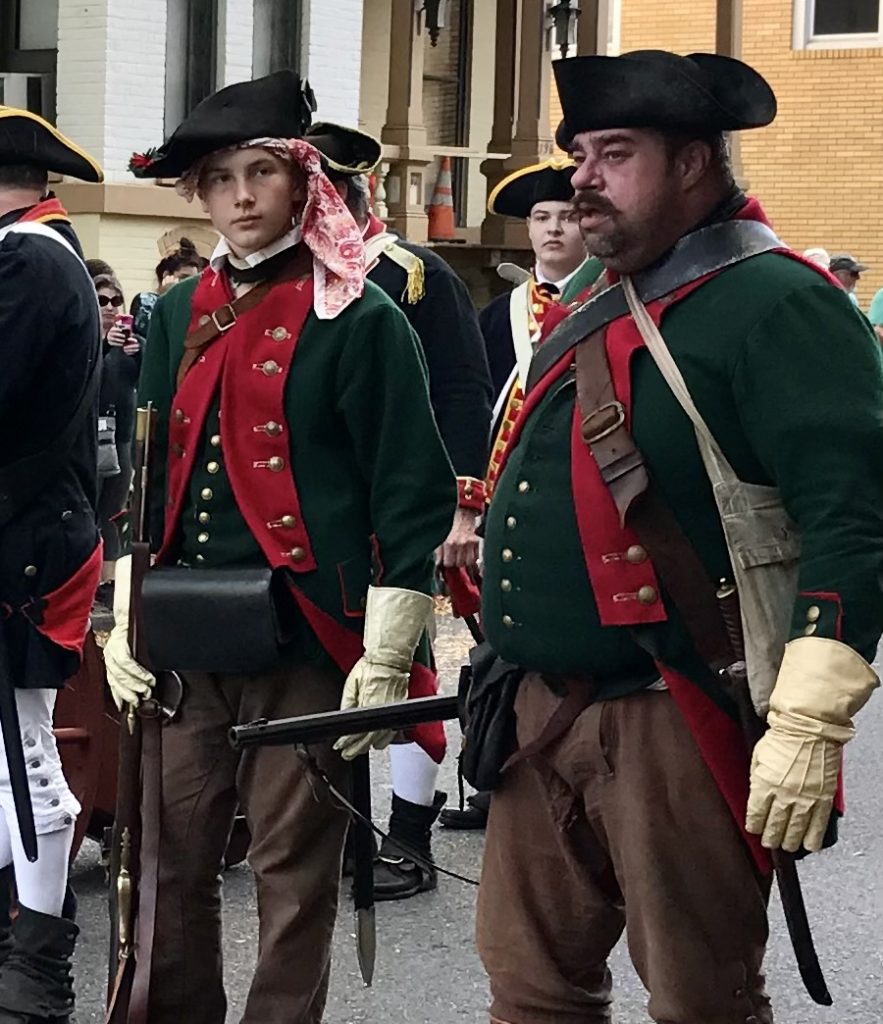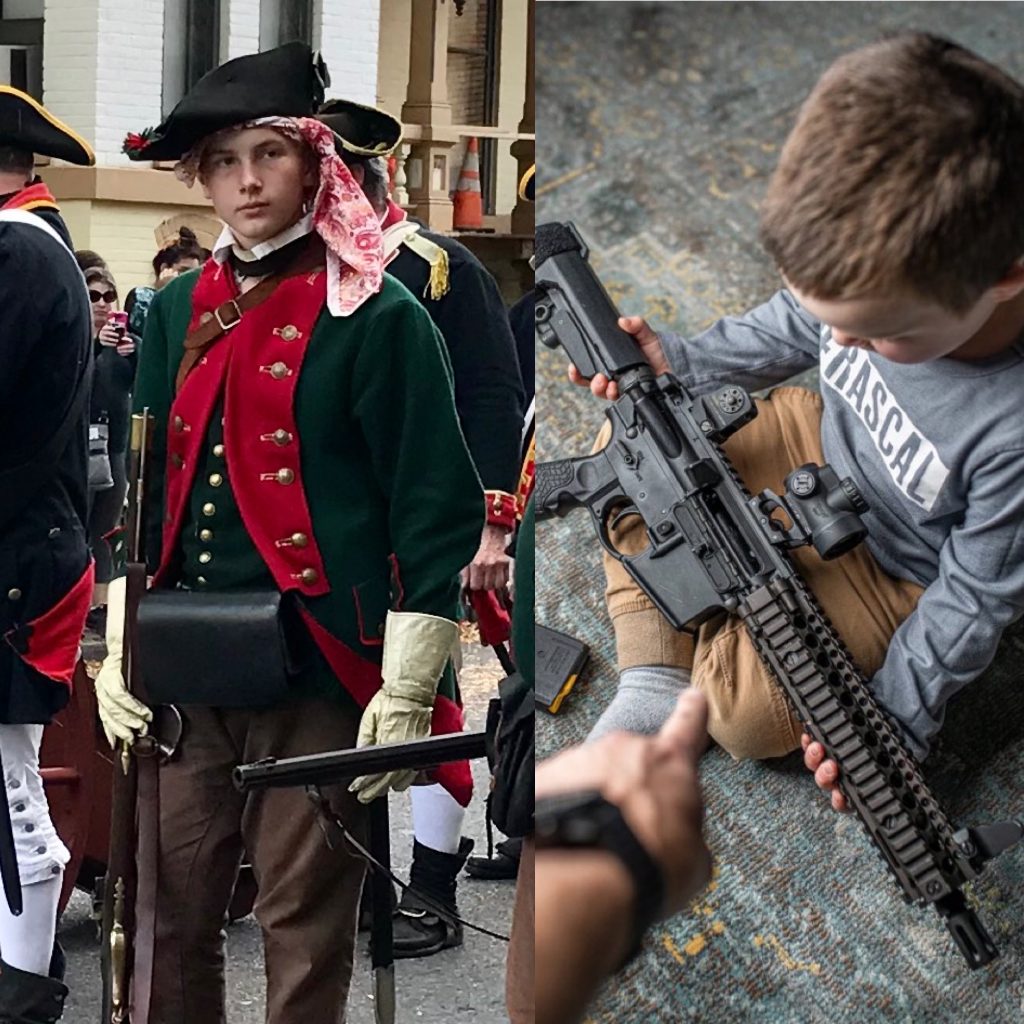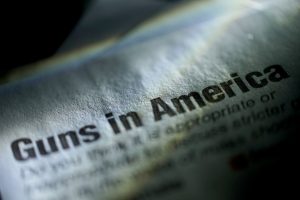It’s Time To Recognize And Regulate The Militia

It’s Time To Recognize And Regulate The Militia

Let’s discuss the Second Amendment for a moment, and let us do so as though we are adults. We can acknowledge that the text is ambiguous enough to justify good faith arguments as to whether it supports individual liberty or collective security. More than 230 mass shootings this year, including the recent slaughter of 19 children in Uvalde, suggests that if the point of the amendment is to protect collective security, then it is failing to do that. However, I argue that there is a way to interpret the Second Amendment to ensure that it protects both individual liberty and collective security. Let’s go to the text:
“A well regulated Militia, being necessary to the security of a free State, the right of the people to keep and bear Arms, shall not be infringed.”
If we leap directly to “right of the people,” then it appears to support the right of people to keep and bear arms free from interference by the State. However, we must consider the amendment in its entirety, which includes what it deems “necessary to the security of a free State.” That would be a “well-regulated Militia.”
States don’t have militias today, at least, not in the form they did when the framers wrote those words; however, the concept remains. In 1787, militias consisted of a population of loosely affiliated men, who understood they could be called upon to defend the state by bearing arms. Today, each state contains a segment of mostly unaffiliated men and women, who take it upon themselves to keep and bear arms in defense of their homes, their families, and their persons. Although there is little modern precedent for the State to call upon this class of firearm owners, preferring instead to use the National Guard; in theory, the State could still call all those who keep and bear arms to its collective defense.
This firearm-owning segment, which, according to a PEW Research study conducted in July of 2021, comprises approximately 32% of the population, and 44% of households, could be seen as the militia that is “necessary to the security of a free State.” After all, many of them view themselves this way. They purchase and own firearms to defend themselves, and presumably the rest of us, against what they fear.
Their fears are not uniform, but individual. Some fear others of different races, religions and political persuasions. Some fear the State itself and keep arms specifically to check state power. But whether they believe they need to defend themselves against felons, foreigners, FEMA, or federal agents, the fact is that many are prepared to do so. This is the modern day militia, and we should classify them as such.
Our founders were very clear, when they worded the Second Amendment, that for this militia to provide defense in a way that is necessary for the security of the free state, they must be well regulated.
When Texas Governor, Greg Abbott, declares that by removing regulations he is protecting the Second Amendment his actions are not supported in the text.
The second amendment REQUIRES regulation.
What should these regulations be? It’s fair for different states and municipalities to regulate differently based on the demographics, density, and historical data of their populations. But there are a few regulations I think we can all agree on, which should be instituted at the federal level.
First, children should not have unsupervised access to firearms. How should we define “children”? Given that we recognize, through our laws, that the brain of an eighteen year old is not yet mature enough, not yet formed enough, to introduce its host to most controlled substances, we can agree that they are not yet mature enough to bear the solemn responsibility of owning a firearm.
Having once been an eighteen year old boy, surrounded by other eighteen year old boys, I can attest that, as a population, they are likely to be emotionally immature, reckless in their behavior, narcissistic in their thoughts, and slow to comprehend the consequences of their actions. Other than those who have joined the military, which in and of itself puts them under adult supervision, we should require a minimum age of twenty one, bare minimum, to take membership in the unaffiliated militia with the right to keep and bear arms.
Second, we should reinstate the ban, for ten years, on the domestic sale and distribution of high capacity magazines. We can’t ban possession of these magazines because they are already within the militia, and any attempt to ban possession – of magazines or firearms – would be seen as a provocative act confirming the worst fears of some that the government is coming for their guns. The ten year ban on domestic sales and distribution of these magazines will reduce the number within the population, encourage anyone who possesses them to lock them away in their homes, and give law enforcement an additional tool to reduce their prevalence in the civilian population.

Third, we need to treat these mass shootings as the public health crisis they are, unique to the United States, which means we need to study the phenomenon. To study it we need data. By law, we should require all sellers, in addition to conducting background checks, to collect certain demographic and geographic data about the buyer, as well as data about the firearm. This data should be gathered, submitted, and stored in disparate databases distributed across separate federal agencies, which can be accessed, on an anonymized basis, to protect the privacy of the militia, through a permissions-based process, by social scientists and policy experts, so they can discern patterns, model scenarios, and make policy recommendations to reduce these mass casualty events.
The perfect shouldn’t be the enemy of the good.
While we may not be able to eliminate mass shootings, we can reduce them. Let us recognize firearm owners as a special class and accept them as the modern day militia. If we trust the wisdom of the founding fathers, if we have the integrity to interpret the full text of the second amendment, and the courage to ensure that the militia is well regulated, then we can build a future that includes individual liberty and collective security for all.
One of our country’s most important freedoms is that of free speech.
Agree with this essay? Disagree? Join the debate by writing to DailyClout HERE.





10 yr bans? Databases? Creeping confiscation…..
First, the language is not ambiguous.
Second,, look up in the federalist papers to understand the meaning of well regulated..
The whole point was to avoid government tyranny so the government regulations mean nothing in a time when armed public must take things into their own hands.
Ummm … Then there’s this little detail:
10 U.S. Code § 246 – Militia: composition and classes
U.S. Code
(a)The militia of the United States consists of all able-bodied males at least 17 years of age and, except as provided in section 313 of title 32, under 45 years of age who are, or who have made a declaration of intention to become, citizens of the United States.
The unregulated militia – the necessary precursor to the regulated militia – is basically everyone 17 to 45 years old.
It was surprising and disappointing to see an editorial of this nature on Daily Clout. If I wanted to hear a rehash of fact-free, tired talking points from lib media and wannabe Marxists, I could have gone else where.
Free speech and 1st Amendment I get..but a better attempt at explaining a position (lame as it may be) would be better served with truth at its core.
And maybe the author should take a long hard look at actual data regarding the use of guns in crime and who actually is the criminal. Try John Lott Jr. for a start (“More Guns Less Crime”).
I, for one, fear the 2nd Amendment is under constant attack because it is doing exactly what the Founders intended and the threat to our Republic (foreign and domestic) has never been greater.